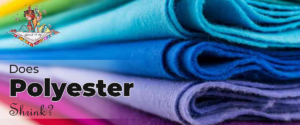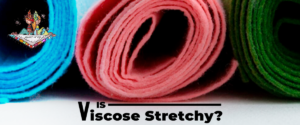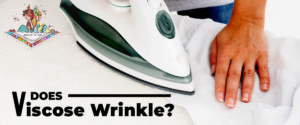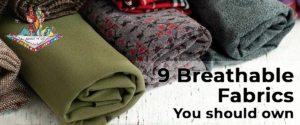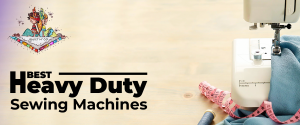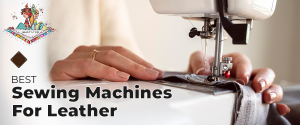Nylon is a synthetic fiber commonly used in clothing, home furnishings, upholstery, carpeting, and more.
So you know that nylon is a man-made material stronger than cotton. In this post, I’ll give you all the details you need to know about nylon.
Natural vs Synthetic Materials
Natural materials, such as cotton, occur naturally, and synthetic materials, such as plastic and concrete, are made by humans.
One of the major differences between natural and synthetic materials is their durability. Natural materials are often more durable than synthetic materials.
This is because natural materials have been used for centuries and have been proven to be durable. On the other hand, synthetic materials are often not as durable because they have not been used for as long.
Another difference between natural vs synthetic materials is their appearance. Natural materials often have a more natural appearance than synthetic materials.
This is because synthetic materials are often made to look like natural materials. However, synthetic materials often do not look as natural as natural materials.
Natural materials are often more environmentally friendly than synthetic materials. Natural materials are made from renewable resources, such as wood or metal.
On the other hand, synthetic materials are often made from non-renewable resources, such as oil or gas.
What Is Nylon?
Nylon is a polymeric material that can be produced via various chemical processes. It is most commonly used in the production of textiles and plastics. The first step in nylon production is the polymerization of the monomers that make up the nylon polymer.
The most common monomers used in nylon production are hexamethylenediamine and adipic acid. Once the monomers are polymerized, they are extruded and spun into the nylon fibers used in textile production.
The nylon polymer can also be used to produce plastics. In this case, the nylon polymer is molded into the desired shape and cooled to form the final product.
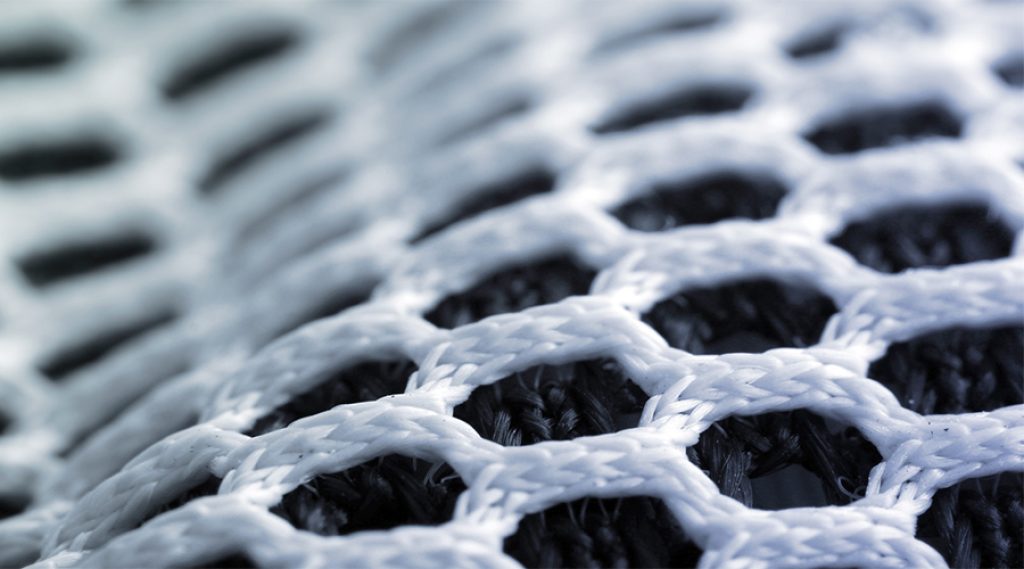
How Is Nylon Fabric Made?
Nylon is a man-made synthetic polymer that DuPont first developed in the 1930s. It is made from a combination of two monomers: hexamethylenediamine and adipic acid. Nylon is used in various applications, including ropes, nets, bristles, and fabric.
Nylon is produced by polymerization, which combines the two monomers to form long chains of repeating units. The polymer is then formed into the desired shape. Nylon can be injection molded, extruded, or cast. It is a strong, durable material resistant to chemicals and heat.
Nylon is used in various applications, including ropes, nets, bristles, and fabric. It also makes molded parts for machinery, automobile engines, and other equipment. Nylon is an important material in the textile industry, as it is used to make carpets, clothing, and other items.

![emma kites Ripstop Nylon Fabric 40 Denier Water Repellent Windproof Dustproof Airtight PU Coating [6 Colors Set - B]](https://m.media-amazon.com/images/I/31KsQIpqpxL._SS520_.jpg)

Where Is Nylon Fabric Produced?
Nylon fabric is produced in a variety of places around the world. The United States, Japan, and China are all major producers of nylon fabric. Nylon fabric is used in a wide variety of products, including clothing, carpets, and tires.
How Is Nylon Fabric Used?
Nylon is strong and durable, making it ideal for various applications. Clothing made from nylon is often used in activewear because it can wick away moisture and dry quickly. The fabric is also used in a variety of other products, including carpeting, tires, and ropes.
Nylon fabric is used in a variety of clothing items, such as shirts, pants, and jackets. It is also used to manufacture various industrial and consumer products, such as ropes, tires, and hoses.
How to Choose Nylon Fabric?
Nylon fabric is available in a range of weights, from lightweight to heavyweight. The weight of the fabric will affect how it drapes and holds up to wear and tear. Heavier nylon fabrics are more durable and have more structure, while lighter fabrics are more comfortable and have more give.
Stretch is another important consideration when choosing nylon fabric. Some nylon fabrics have a very little stretch, while others can be quite stretchy. The amount of stretch in the fabric will affect how it feels when you wear it and how it moves with your body.
If I consider the durability of the nylon fabric, it is a very strong fabric but can be susceptible to pilling and tearing. Choose a fabric that has a high denier (the measure of a fabric’s thickness) if you want a durable fabric.
In Conclusion
Nylon’s main advantage over natural materials like cotton is its strength and durability. However, natural materials are often more environmentally friendly, as they are made from renewable resources. In contrast, synthetic materials like nylon are made from non-renewable resources such as oil or gas.
Despite its synthetic origin, nylon has proven to be a versatile and practical material in various industries, including textiles and manufacturing. Its durability, strength, and resistance to chemicals and heat make it a popular choice for many applications.



